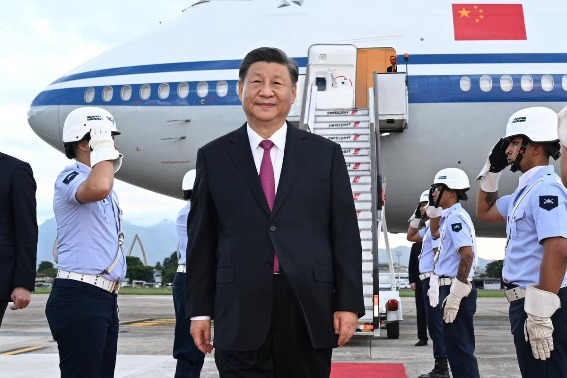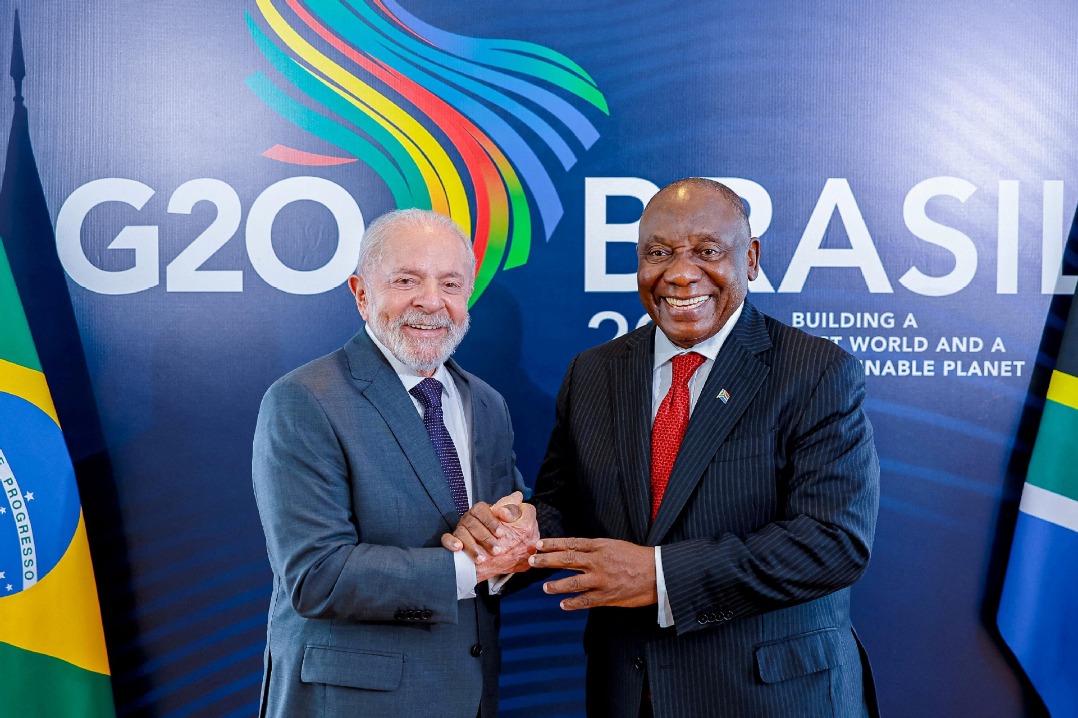Manufacturing confidence bounces back
By ZHOU LANXU and OUYANG SHIJIA | CHINA DAILY | Updated: 2023-01-04 09:17

Business confidence in factory output going forward strengthened in China to a 10-month high upon expectations of waning COVID-19 disruptions even as a rise in infections dented manufacturing activity in December, a private survey said on Tuesday.
The Caixin China General Manufacturing Purchasing Managers' Index — which gauges operating conditions in the manufacturing sector — fell to a three-month low of 49 in December, versus 49.4 in November, indicating a further slight deterioration in overall business conditions, media group Caixin said on Tuesday.
Staying below the 50-point mark for the fifth straight month, the latest PMI reading indicates that manufacturing activity continued to shrink in December as COVID-19 outbreaks weighed on output and demand, Caixin said in a report.
Manufacturers, however, expressed stronger optimism for the new year.
The level of positive sentiment improved to the highest level in 10 months, with surveyed companies anticipating output to increase as the pandemic situation improves and market conditions strengthen, the report said.
"Overall, the pandemic continued to take a toll on the economy in December," said Wang Zhe, senior economist at Caixin Insight Group.
"But optimism in the sector significantly improved thanks to further optimized COVID controls," Wang said, adding that companies expressed strong confidence in economic recovery following the adjustments of COVID-19 containment measures.
The PMI survey performed by the National Bureau of Statistics also pointed to brightening market confidence despite a slowdown in manufacturing activity. While December's official manufacturing PMI dropped to 47, the lowest level in nearly three years, most polled enterprises believe that market conditions are likely to pick up as the pandemic situation improves, the bureau said on Saturday.
The improvements in business expectations came as no surprise as high-frequency data have shown signs of a recovery in economic activity over the past couple of weeks.
For instance, domestic air passenger volume — measured by the ratio of actual flights to scheduled flights on a seven-day moving average basis — improved to 50.9 percent on Sunday, up from 41.3 percent a week earlier, analysts at Nomura said in a note, albeit cautioning that a full recovery from the pandemic remains distant.
"The economy is likely to have hit bottom in December," said Wen Bin, chief economist at China Minsheng Bank.
As the peak of infections gradually passes, population mobility should recover, Wen said. This may help the Chinese economy kick off a recovery trajectory from January, especially after factoring in the boost offered by the Spring Festival holiday.
While the economy may be poised for a gradual pickup, experts said it is still essential for the country to step up growth stabilization efforts as the foundation for domestic consumption recovery is not yet firm while overseas demand could deteriorate.
The Caixin survey said the reading for new export orders remained in contraction for the fifth straight month, while the employment sub-gauge has not shown signs of a significant rebound, logging the second-worst performance in 34 months.
As part of the country's efforts to promote economic recovery, China has announced it will adjust tariffs on a series of goods this year, bringing down the country's overall tariff level from 7.4 percent to 7.3 percent. Starting Sunday, the country has imposed a provisional import tax rate lower than the "most-favored nation" tariff rate on 1,020 items.
It is necessary for various policies to work together to stabilize the job market and increase household disposable incomes, which will be key to expanding consumption, said Wang of Caixin Insight Group.
























